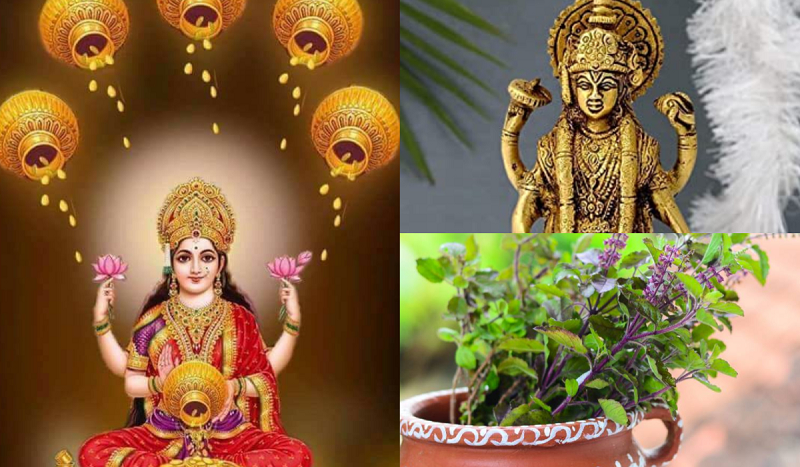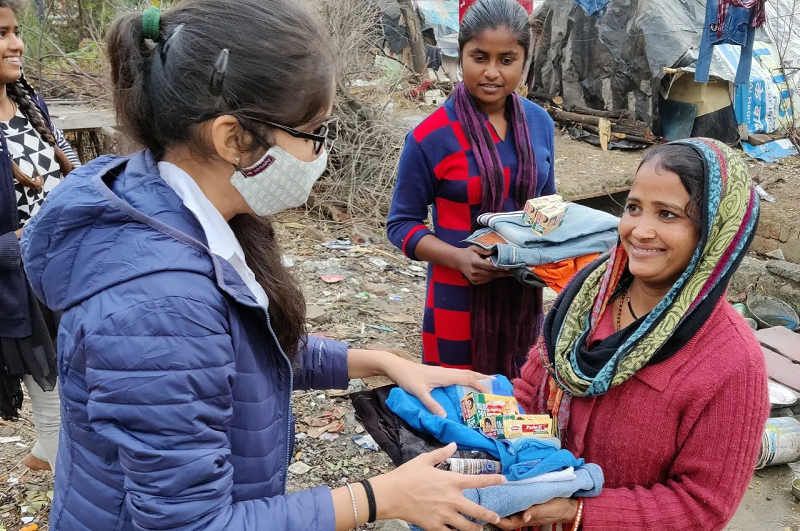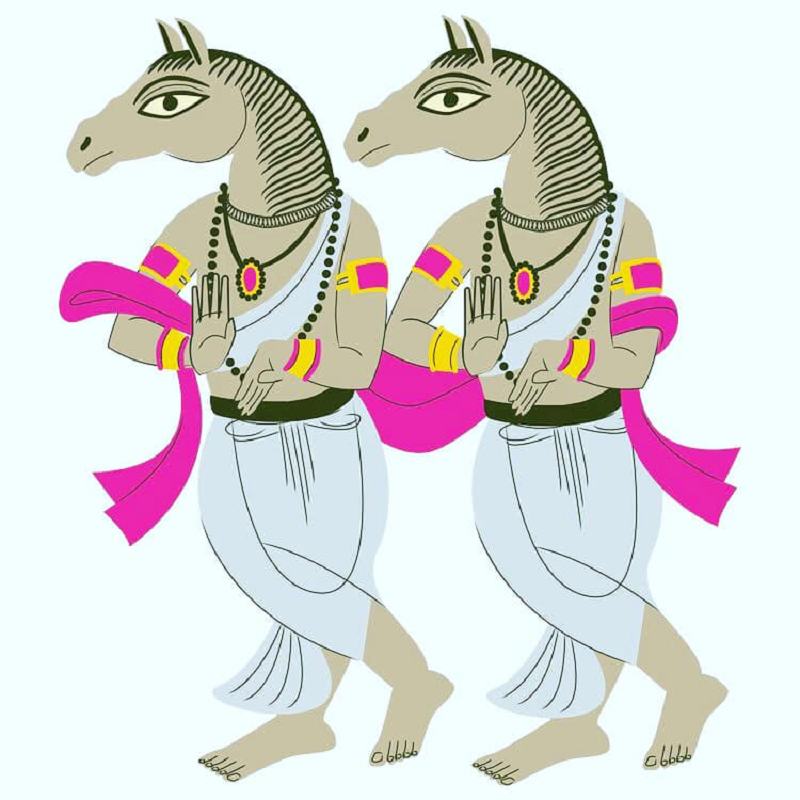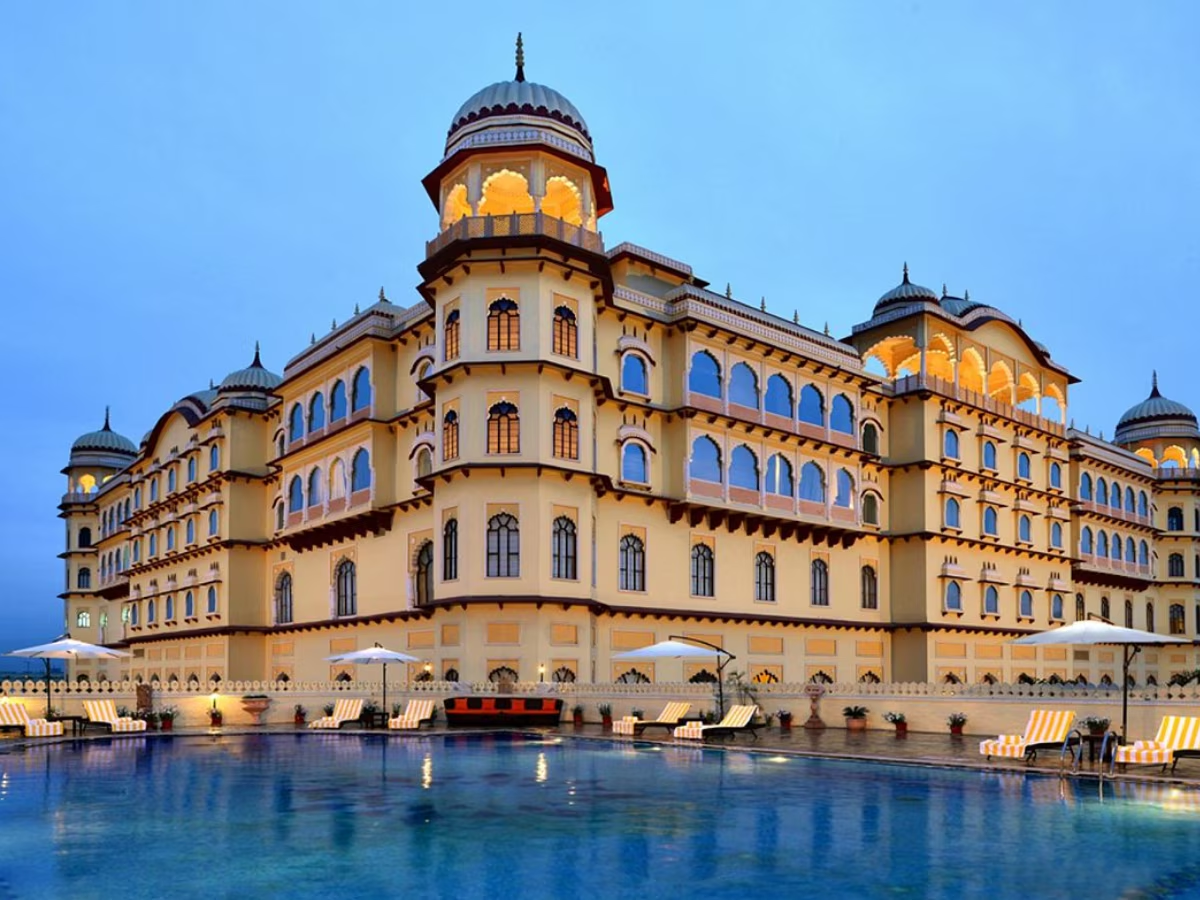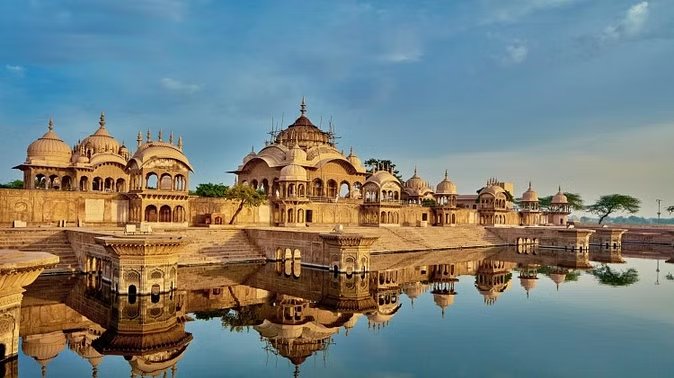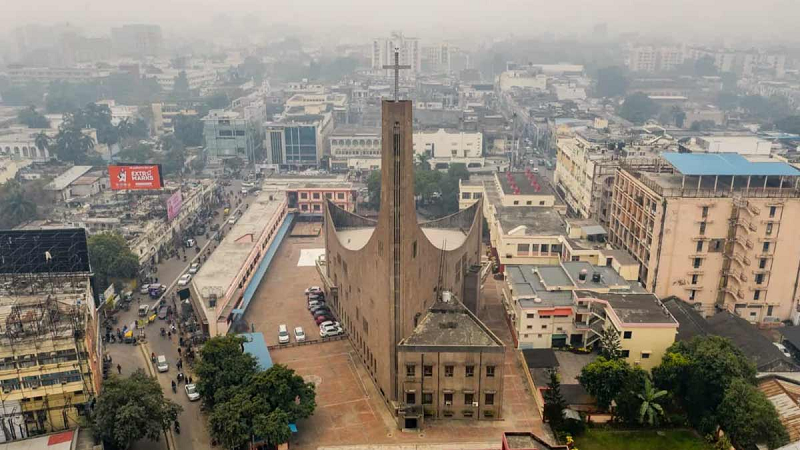Everyone likes to spend a few days amidst the lush greenery and cool breeze. To calm your mind and get a break from the daily routine, all you need is a vacation amidst nature. Nature provides positive vibes to our mind which helps us to let go of all our tensions. A few moments spent amidst nature help in rejuvenating and reduce stress to a great extent.

Himachal Pradesh is one such destination in India that's always on top for holiday travel. There are also many such destinations in Himachal Pradesh which you might not have heard much but their beauty is worth seeing. One such destination is the Tirthan Valley of Himachal Pradesh, which you must also visit to see its beauty.
Surrounded by extraordinary mountain-backed scenery and charming riverside villages of slate-roofed hay barns, the Tirthan Valley in the busy hub town of Banjar is split into two main valleys. The Tirthan Valley is filled with rural, riverside inlets, many of which target anglers. However, it also forms a trekking getaway to the Great Himalayan National Park, a world heritage site. The valley is no less than a paradise with a clear sky, majestic mountains, and a pristine river. It's a great way to escape city life and immerse yourself in nature.
About Tirthan Valley
Being at an altitude of 1600 meters, Tirthan Valley is surrounded by the mighty Himalayan Mountains. The valley is a popular weekend getaway because of all the adventure-related activities it offers to its visitors. Plus, it's the main getaway to the Great Himalayan National Park, a UNESCO heritage site that has become so popular lately. Tirthan originated from the river Tirthan. Located in the Kullu district, the river that has given its name originates from the Hanskund peak in the Great Himalayan National Park.
Its beauty and the simplicity of the people and the valley itself make it a very popular welcome respite from all other places in Himachal Pradesh. It has now become famous among travelers. However, it can still be counted as an offbeat destination when compared to places like Manali, Kasol, or Kullu.
Things to do in Tirthan Valley
There are a lot of activities that can be enjoyed during one's stay in Tirthan Valley. Here are some things you can do—
River crossing
River Crossing is an adventure game for those who are looking for some adrenaline rush. A man is strapped to a safety harness and slides along the turbulent river Tirthan below. The cool breeze of the river is a motivating factor for the enthusiasts.
Trekking in the Great Himalayan National Park
It is a boon for nature lovers. The place has a variety of trek paths ranging from lush green forests to blossoming flowers and winding streams.

Jalori Pass
Jalori Pass is situated in the northern Himalayan ranges between Kullu and Shimla districts. It is featured as a snow-capped peak in the Bollywood film Yeh Jawaani Hai Deewani, in which actors Ranbir Kapoor and Deepika Padukone are seen trekking along the side of the mountain. Jalori Pass opens in the second week of March and closes in December due to snowfall. Jalori Pass situated at an altitude of 10,800 ft above sea level is situated at a distance of 5 km from Shoja. The roads here are narrow and bumpy due to which it becomes difficult to drive a car. If you are taking a car here, then drive the car safely.
Jibhi
It is situated about 500 km away from Its distance from Shimla is about 150 km. The weather of Jibhi and Bahu is quite pleasant even in the summer. Here the maximum afternoon temperature does not go above 24 to 25 degree Celsius during summer. The night temperature is around 14 degree Celsius.
The first thing you can do on reaching Jibhi is Jibhi Waterfalls. It is located just 15 minutes walk from the main market of Jibhi. From here you will start hearing the sound of the waterfall. As you get closer, this sound will get louder. On reaching here all your tiredness will go away. There are many other things that you can explore in Jibhi.
Balo Nag Temple
Bahu is about 10 km from Jibhi. From here onwards a motorable road leads to Balo Nag Temple. It is raw as well as stony. The distance is about two kilometers, but the car is not worth the way. The entire two-kilometer route passes through the Deodar forest. You can reach it on foot. There are some ups and downs in this, but there is no fatigue due to the deodar natural forests.
After two kilometers you finally reach an open grassy field in the middle of a deodar forest. And in this ground, there is an ancient temple made of wood - Balo Nag Temple. Two inns have been built next to it, which are used at the time of fairs. And from there the peaks of the great Himalayas are visible peeping through the tall deodar trees. No one can remain mesmerized by seeing these peaks. It is 2300 meters above sea level and these peaks are visible right in front. Jibhi and Ghiyagi are located in the valley below and no snowy peaks are visible from there.
In clear weather, Dhauladhar and Pir Panjal are also visible from here towards Kullu. There is a river on the left side, which forms the border between Kullu and Mandi districts. On one side of the river is Kullu district and on the other side is Mandi district. On the other side of the river i.e. in the Mandi district is the 3,100-meter high peak of Shati Dhar. There is a road coming out from the side of the peak, which directly connects Gadagushaini to Janjehli.
Chhoi Falls
Tirthan Valley is a paradise for trekkers and adventurers. Chhoi Falls is breathtaking and boasts natural beauty, peace, and tranquility. Tourists can reach here through a short trek starting from Gai Dhar village. Surrounded by the majestic Himalayas in the backdrop, it offers sweeping views of the surrounding scenery of the valley below. Chhoi Falls is located at a distance of 3 km in Tirthan Valley. It can be reached by foot which starts from the village Nagini and takes about 1 hour. This waterfall is named after the local deity Chhoi Mata and the local people come to worship the goddess on a tree before the waterfall.
Serlosar Lake
Sarlosar Lake is the main attraction of Tirthan Valley. This lake is located about 5 km from Jalori Pass. The lake is covered with a dense cover of oak trees, due to which a visit to the lake is equally attractive as that of the Jalori Pass. The lake is situated at an altitude of about 3,100 meters and is believed to have medicinal properties. The place is famous for its temple dedicated to Goddess Budhi Naagin. It is said that the goddess has a hundred sons and acts as the guardian of the place. You will have to trek to reach the lake which will give you an amazing experience.
Great Himalayan National Park
The Great Himalayan National Park is located in the Kullu region of Himachal Pradesh. This National Park is home to more than 375 species of fauna, 31 species of mammals, and 181 species of birds. The Great Himalayan National Park got the status of a national park in 1999. This beautiful place of the national park becomes more attractive because of the deodar and oak trees. The secluded location of the National Park has ensured that the villages inside the park have their own culture. Every village inside this national park has its deity. During April, May, August, and September in this National Park.
Trout fishing
Tirthan River is an ideal place for fishing. It is stocked with brown and rainbow trout and over the years has become a favorite among tourists as an angler spot.
Rock climbing
Rock climbing is a popular adventure sport undertaken by many travelers while visiting the valley.
Best time to visit Tirthan Valley
There is generally no right time to visit Tirthan Valley. It is a year-round destination except for monsoons. Each season brings a different list of activities.

Summer season
The summer season lasts from March to June. Tirthan Valley is a suitable place in summer. The temperature is cool and it is perfect for exploration and heading towards nearby waterfalls and treks. It is also a great time to enjoy the Tirthan River and dip your feet in the freshwater. Camping by the river is also a fun activity.
Winter season
Winter season is also a good time to visit Tirthan Valley. Winter continues from October to December. The second is when the entire village turns green and blooms, presenting a wonderful sight. This is the best time for trekking. Luckily, some visitors can witness the magical snowfall.
Monsoon season
July to September is not the best time to visit Tirthan Valley. The risk of landslides increases during the season. The only advantage of the monsoon season is less crowd. If you love the smell of rain on the trees then you can visit the valley, but you must be aware of the forecast and make sure to count on a few buffer days in case you get stuck in Tirthan Valley due to roads and landslides.
(PC: Lifeberrys)


